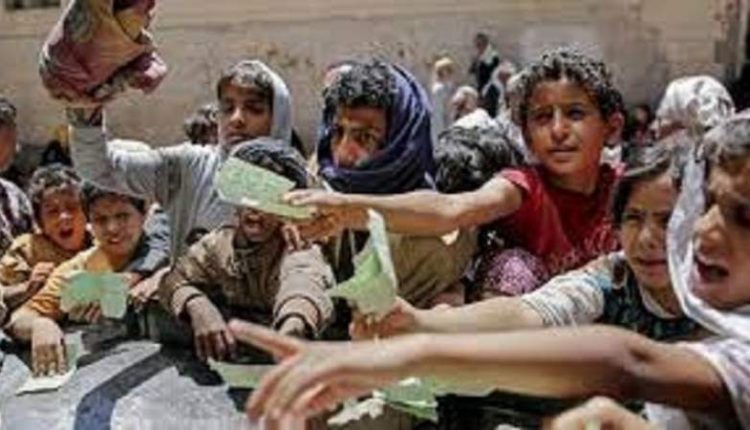US-Saudi Economic War in Yemen to Be Confronted by Sanaa’s Demands, Military Force
The military campaign of the coalition countries launched from the first moment of their war on Yemen on March 26, 2015, aiming targeting the Yemeni economy as one of the main weapons used to starve the Yemeni people in the belief that it will subject the Yemenis to its colonial policies, by plundering of sovereign wealth.
The first steps of the economic war were the transfer of the Central Bank from Sana’a to Aden on September 6, 2016, and the suspension of foreign banking transactions with the bank in Sana’a, which greatly hindered commercial movement as a result of not opening bank credits abroad in order to enable merchants to cover the internal market with the necessary needs of basic commodities and supplies.
The pro-aggression government called for urgent financial assistance from donor countries and international organizations to save the economic and humanitarian situation. However, it excluded both Riyadh and Abu Dhabi from its demands to save the economic situation, despite receiving Saudi promises of generous economic support to improve the situation of dilapidated public services, and stop the deterioration of the exchange rate of the Yemeni riyal against foreign currency.
The Kingdom quickly reneged on its promises, accusing the government of “Moeen Abdul Malik” of plundering the Saudi deposit provided at the beginning of 2018, as support for the Yemeni currency, after the reports of the United Nations Committee of Experts confirmed the Bank of Aden’s involvement in money laundering crimes.
Failed Strategy
In the same regard, all the futile attempts of the “coalition government” since the transfer of the Central Bank from Sana’a to Aden failed to stop the spiral of accelerating economic collapse and the significant deterioration of the local currency, which naturally led to an increase in poverty, hunger and high prices in the areas under the control of the coalition.
The coalition government insists on implementing the strategy of failure, the relationship between patchwork solutions and the approach of dismemberment, between corruption, betrayal and plundering of wealth, between stagnation and closure, between futile attempts and organized corruption, between extreme poverty for the citizen and massive expenditures for the official, between personal interests and official trade in selling Yemen at a cheap price.
On the other hand, the National Salvation Government in Sana’a held the coalition government, Saudi Arabia and the UAE responsible for the economic and living collapse in the governorates under their control in particular and Yemen in general, demanding the restoration of state revenues in those governorates and returning them to the accounts of the Central Bank in Sana’a or in Special account under UN supervision.
According to observers, Sana’a’s demand received great popular support in Yemen, since restoring the looted Yemeni oil and gas revenues, which are estimated annually at two billion dollars and which are supplied to the National Bank of Saudi Arabia. The revenues are sufficient to solve the Yemeni riyal crisis and restore its purchasing power to normal, and are sufficient to pay the salaries of the employees which have been cut since 2018.

